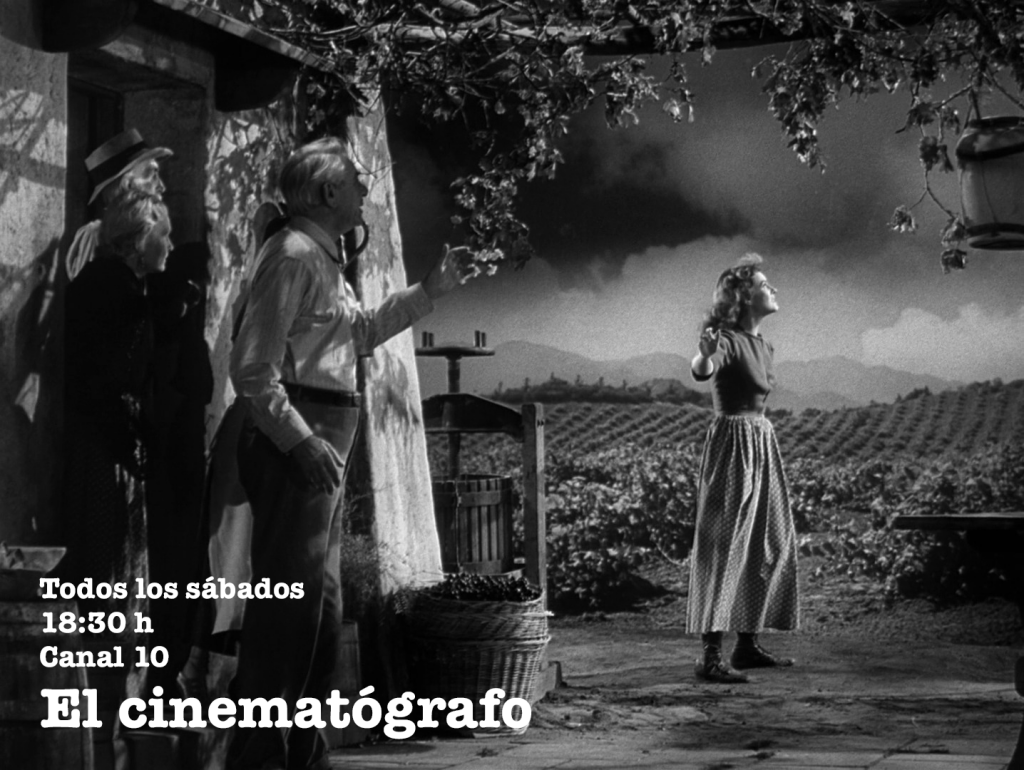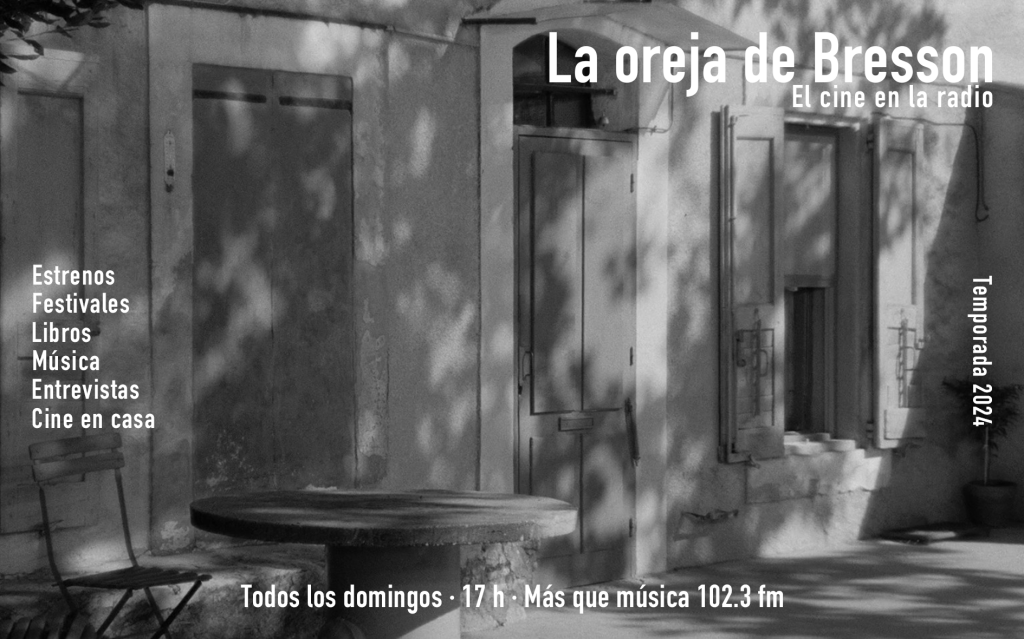
ARCHEOLOGY OF THE PRESENT
“Memory is like a paper flower in water, it doesn’t always stay afloat.” Such beautiful sentence, by Serge Daney, is very pertinent in this case. All of Travis Wilkerson’s work leans towards the history of his country and a little beyond, like a sunflower following the course of sunlight. Wilkerson’s cinema is at the antipodes of the History Channel’s reductionist historicism and also of Hollywood’s ways of working with historic representation. His archeology of the present is something else.
In principle, Wilkerson doesn’t print the legend; rather, he does the opposite: When he stirs history, he’s looking for what is forgotten, what is gagged, the singular case disregarded by the convenient anonymous rumor of established truths. The whole narrative and deconstructive procedure that is set in motion in Did You Wonder Who Fired the Gun?, for instance, synthetizes a methodological proposal: The murder of a common man, one Bill Spawn, just another man dissolved in the unknown crowd that passes through history and whose names barely remain in some administrative file, comes back as an inflammatory sign and as a victim of racism. A homicide in 1946 ends up bouncing in 2017.
The inquiry for this case will be so exhaustive that it will end up destroying the symbolic efficiency of To Kill a Mockingbird (the great film about racism and its necessary civic hero), which is nothing else than a model case of Hollywood’s mystification which prefers to piously arrange a plot in the name of goodness than to confront in a tale the inherent contradictions of a society, and work on the accurate representation of these contradictions.

That probity in face of paradoxes and semantic discordances is also present in this film in a personalized fashion: Spawn’s murderer was Wilkerson’s grandfather, which involves the filmmaker, in a direct way, with the materials he has to work with. Family culture won’t be a minor theme for Wilkerson, as can be verified in Distinguished Flying Cross, the peculiar self-portrait in which the director’s father tells his two sons about his exploits as a pilot during the Vietnam War, a speech interrupted by sequences with archive material— filmed in the confrontation field—that belies the anecdotic tone of the family tale.
What does it mean then, an archeology of the present? Supposedly, the specialty of the archeologist is knowing how to read the remote past in an item resistant to the degradation of time, which completes— or endorses—hypotheses on how people lived in a time which is now almost unimaginable on account of its distance. The archeology of ideas and practices differs somewhat from the traditional image of the science that studies the past. The goal here is not to reconstruct segments of an extinct civilization but to show the continuation of what happened a long time ago but still determines, profoundly, a present practice.
Indeed, Wilkerson’s cinematic method shares that concern for the finding of a rusty sign. Part of Wilkerson’s work entails symbolical removal and unearthing: To reanimate through images an union member, Frank Little; to go back and review a spurned massacre in Colorado through a visit to the geographical area in which the original settlers of America were murdered; to vindicate, politically, the existence of Spawn; or to reconsider infamous individuals such as William Francis “Red” Haynes in order to understand fascist mentality. All of these are effective excavations into the history of the United States. What does the archeologist film? Areas of memory that rarely have any representation in Hollywood’s cinema, always close to history, as if an imperative of imaginary reconstruction of the chronicles of a nation had been accepted right from the beginning. In that sense, Wilkerson maintains a struggle in the very bosom of American cinematic tradition. Hollywood has never ceased to rewrite history, almost always in order to simplify and ordain it as a mythical event of consecration and inspiration for future generations. Hollywood is attracted by grandeur and correctness, not problem-laying and microscopic radiography. That is to say: We have to persist with Griffith’s legacy, on two accounts: The Birth of a Nation and Intolerance. But Wilkerson prefers microhistory, the event that puts the tale in disarray, the discordant note that—when attention is paid to it—propagates and dismantles the symbolic efficiency of a general system of existence— perhaps even a metaphysical one—that would almost seem a fate: Capitalism.
In each of his films, Wilkerson sets out to restore that secret thread between past events and the present and, thus, to expose the dialectic interrupted or negated between two epochs. Sometimes, that connection is seen as a secret mesh that persists underground in the tenuous memory of the working class; other times, the connection shows the overwhelming unfathomability between two historical times, as can be masterfully appreciated in Machine Gun or Typewriter?, which results in an intimidating meditation on political violence and the concomitant difference of this violence in one time or another. In synthesis, Wilkerson’s archeology of the present entails the exhaustive identification of the pertinence of the archive and the persistence of the past within the present. It’s a usage of history with concrete objectives.

As in every good (political) filmmaker, politics are not only a matter of theme but also of form. Cinematic form is also a form of politics. From the great Santiago Álvarez, Wilkerson appropriates the right to inscribe discourse on screen and an associative montage sustained by juxtaposition. The usual low angle shots used to film the buildings in great cities are very reminiscent of the recording modality in La hora de los hornos. Architecture and the public space are surfaces for inscribing History that must not be left out without working on them. There are other indications in Wilkerson’s poetics and, without a doubt, one of them is his relationship with the traditions of the ludic essay and of philosophical and political speculation. That tradition, that starts with Alain Resnais and, fundamentally, with the great Chris Marker, can be felt in Wilkerson’s cinema. The debt Wilkerson has—in his last two films—with Marker is undeniable and Wilkerson doesn’t mind at all acknowledging it because it’s not a symmetrical imitation but rather an honest and creative form of inscription within a tradition.
Wilkerson’s poetic singularity resides in the enunciation that his own voice adopts in his films, a voice without an owner perhaps, a voice that doesn’t present itself as a specific subject and that tends to substitute the characteristic inflections of he who assumes the first person to talk with an expressivity halfway between mechanical and impersonal that interrupts the scene or pushes it from its acts of speech. Isn’t here the voice itself a character, a speech, and a sound that seems to ignore the director’s empirical person?
What else can be said about Wilkerson’s anomalous cinema? Something major, over the top: His archeology of the present is, perhaps, a war machine. The filmmaker doesn’t ever doubt who, or what, his adversary is. In all his films, the villain is only one but has a thousand faces: Capitalism. Wilkerson knows, better than anyone else, that in his country this system became flesh and verb and it now addresses each individual, thinking of him and shaping him. Perhaps Wilkerson’s peculiar voice and the aesthetic use he makes of it have to do with being separated from the voice of Capital, which talks to us even in our dreams. Wilkerson is to American cinema what the syndicalist Frank Little was for the labor world 100 years ago: A voice that disobeys.
Stills: 1) Did You Wonder Who Fired the Gun?; 2) Did You Wonder Who Fired the Gun?; 3) Machine Gun or Typewriter?
Roger Koza / Copyleft 2020





Últimos Comentarios